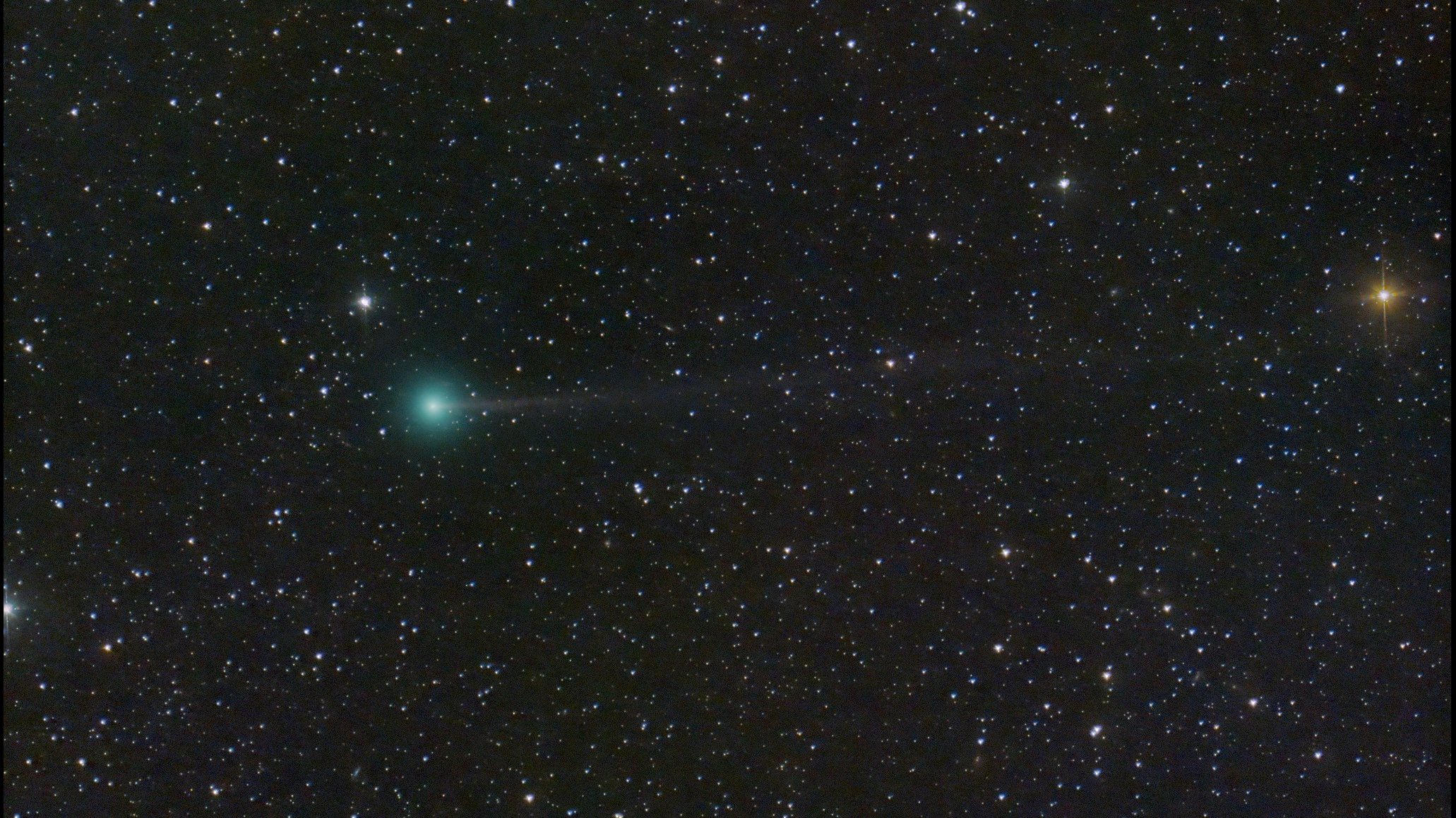A “rare and exciting” opportunity will take to the skies over the next few days. To capture it, just look for the Nishimura comet, which will be visible to the naked eye until September 12.
The phenomenon was discovered less than a month ago, on August 11, by Japanese astronomer Hideo Nishimura – after whom the comet is named – while taking long-exposure photographs with a digital camera, described by NASA as “normal”. Since then, The green comet has increased in brightness, making it possible to see it without any special equipment.
“As the comet sinks toward the Sun, it will certainly continue to intensify and possibly become a naked-eye object in early September,” the NASA statement read.
Nishimura crosses space at 380 kilometers per hour and will make its closest approach to Earth on September 12, when it will be 125 million kilometers away.
However, since it will be “angularly close to the Sun”, the comet will only It can be seen one hour after sunset and one hour before sunrise. in an east-northeast direction.
According to Professor Brad Gibson, an astrophysicist at the University of Hull in England, comet sightings only occur, on average, once a decade, which makes Nishimura a “unique and exciting opportunity”he quoted Sky News.
Brad Gibson also explained that the comet takes 500 years to orbit the solar system and that it could be responsible for the Sigma-Hyrdrids, the meteor shower that occurs annually in December.
However, the Nishimura may not travel through the skies for much longer, as a close pass to the sun could destroy it. On September 17 it should complete its return to the solar system. The comet will pass close to the Sun less than 27 million kilometers away, which could be enough to burn it up.
Source: Observadora
